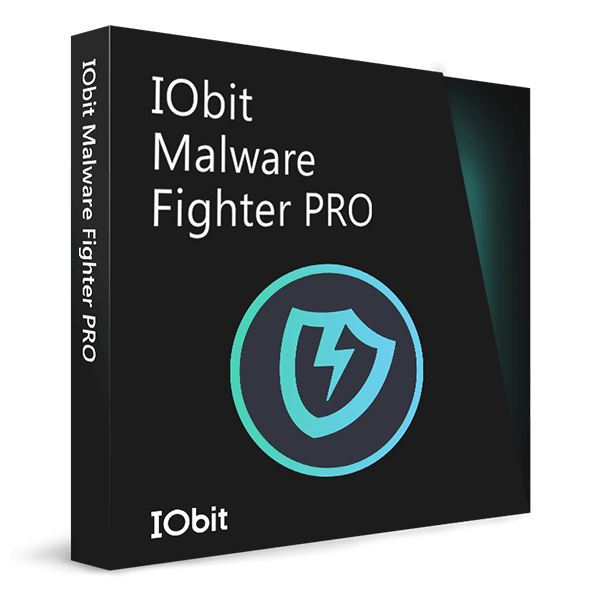- Centre de support
- Langues multiples
- Langue
- Aidez-nous à traduire
L’expert en
Solution informatique
La solution tout-en-un pour votre ordinateur

Nettoyage, optimisation et protection complets du PC
Gardez vos pilotes toujours à jour

Des performances plus stables et moins de plantages du système
Protège des millions d’ordinateurs contre les malwares

Sécurité informatique optimale avec une protection complète
Protection contre les virus et optimisation des performances PC
Supprimez facilement les programmes indésirables
Gardez automatiquement votre logiciel à jour
Gardez vos dossiers et données en toute sécurité
Maximisez l'optimisation du disque dur
Profitez d'un Mac plus rapide et plus sécurisé

Ransomware dominated the cybersecurity landscape in 2017. Major attacks such as WannaCry, Petya, and Locky were mostly widespread worldwide. Victims including organizations like hospitals, schools and airports and individuals have paid over millions of dollars for ransom to unlock encrypted files. Cybercriminals will continue to exploit the same vulnerabilities in increasingly malicious ways in 2018. The newly reported ransomware Gandcrab could be a sign. Users need to keep an eye on new infections and learn to protect themselves.
Here are things to know about ransomware in 2017 and tips to prevent attacks:
WannaCry
WannaCry (aka WCry, WannaCrypt, Wanna Decryptor) was the most devastating ransomware attack in 2017, affecting hundreds of thousands of computers worldwide. Many hospitals, banks, law agencies, and other infrastructure were its victims. It used EternalBlue which exploits a vulnerability in Microsoft's Server Message Block (SMB) protocol to infect Windows devices.
Read IObit tips for WannaCry ransomware:
Petya/NotPetya
Petya is a family of encrypting ransomware which targets Windows devices. It rapidly spread in Europe and the US and infected several hundred thousands of computers in just a few days. NotPetya is a variant of Petya ransomware but uses the same exploit. Similar to WannaCry, Petya/NotPetya uses the Eternal Blue exploit to infect Windows devices, especially older Windows systems. What’s worse, Petya/NotPetya can damage the whole hard drive, even stop you entering your system.
Read IObit tip for Petya ransomware:
How to Protect Yourself from Petya/GoldenEye Ransomware
Ykcol
Ykcol Ransomware is the latest version of Locky Ransomware. Ykcol is Locky spelled backward. It mainly spreads through the attachment of emails named with the status of an invoice, in which contains a *.vbs script. After double clicking the script, it will automatically download an executable virus named "HdOWSy.exe" and then begin to encrypt the computer files and all shared documents in the same LAN(Local Area Network).
Read IObit tip for Ykcol ransomware:
How to Remove Ykcol Ransomware on Windows 10
BadRabit
BadRabbit ransomware struck a number of countries worldwide, which mainly targeted Russian media companies and Ukrainian transportation systems with malicious purpose. The report shows that BadRabbit ransomware has similarities to WannaCry and Petya which broke out early in 2017. It posed as an Adobe update before locking down computers and demanding victims to pay 0.05 Bitcoins(about $280) in exchange for their important data.
Read IObit tip for BadRabit ransomware:
How to Prevent BadRabbit Ransomware Attacking

Inscrivez-vous à notre newsletter pour découvrir les dernières actualités sur nos produits, des promotions et offres. Vous pouvez vous désinscrire à tout moment.
© 2005 - IObit. Tous droits réservés |Politique de Remboursement |CLUF |Notification Juridique |Politique de Confidentialité
Vidqu Vidwud Vidmud iMofone EaseHow MioCreate Partenaire Contact Support Produits Accueil
Nous utilisons des cookies pour améliorer votre expérience sur nos sites Web.
En poursuivant votre navigation sur notre site, vous acceptez l'utilisation de cookies et adhérez à notre politique de confidentialité.
